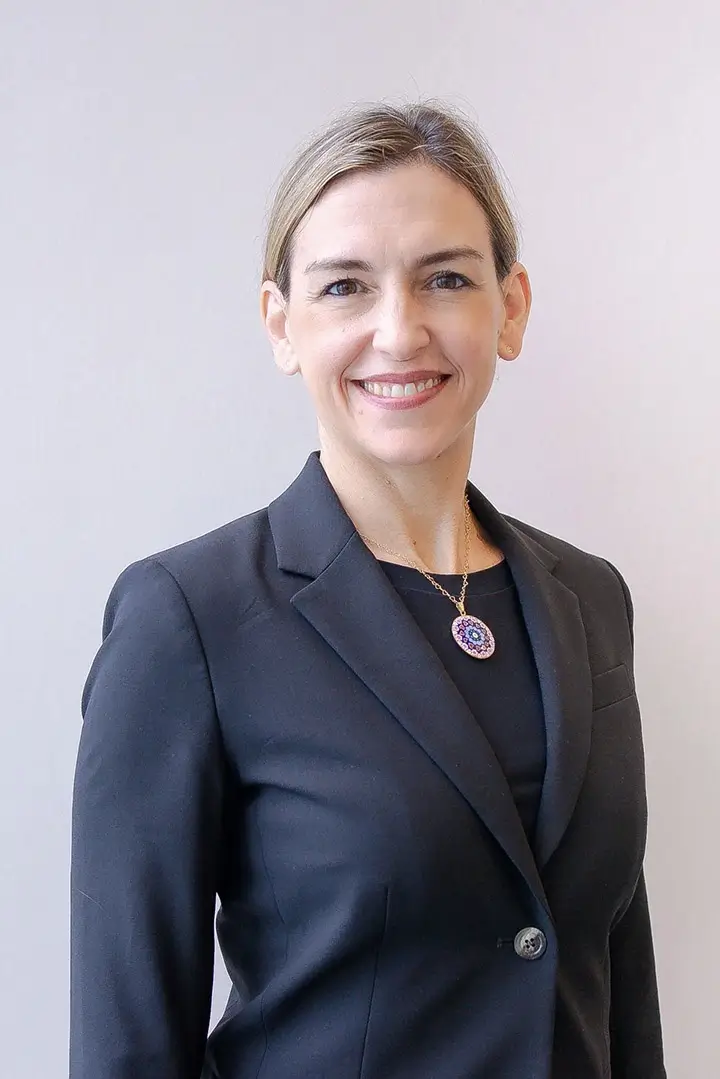With the intent of guiding Japan back to leadership in the field of biotechnology, the Koizumi government adopted a new strategy six years ago.
This did not mark the first time that a national policy initiative of this type was put into effect. And as the current administration tries to capitalize on an exciting stem cell breakthrough, Japan is on the verge of another.
Leading countries have surpassed Japan since 2002.
Japanese biotech drug development, as a ratio of overall drug development, lagged the US, Britain, France and Germany by about 50 per cent according to a report published last year by The Office of Pharmaceutical Industry Research.
Though it is generalization that doesn’t sit convincingly with the nation’s international scientific patents, or Nobel Prize winners over the past 20 years, the disappointing performance in applied biotechnology is often attributed to Japanese science’s alleged weakness at radical innovation.
However, it goes some way towards explaining the surge of official optimism that has built up behind Shinya Yamanaka’s induced pluripotent stem (iPS) cell research team at Kyoto University’s Institute of Frontier Medicine.
It remains to be demonstrated, however, that ministers and officials understand their contribution to previous shortcomings: ponderous and intrusive forms of regulation and administrative guidance that hobble Japanese scientists in the rapidly moving areas of medical and biological R&D.
In the late 1980’s, because of the countries excellence in science education, a high level of government commitment, and track record of converting research into commercial and clinical innovation, Japan was widely expected to become the dominant nation in the exciting new field of biotechnology even at senior policy levels in the US.
Intense bureaucratic supervision usually accompanies a high level of official commitment to an undertaking in Japan, and this is one reason why the biotechnology revolution did not take off in Japan as predicted.
Stem cell research programs can wait 12 months for government approvals, and once under way, pharmaceutical and biotech companies complain, grant-funded research is inflexibly administered.
Approval procedures are far lengthier than in the US and most other Western countries for new drugs and clinical procedures.
However, a fantastic door to opportunity for Japanese leadership has been opened by iPS cell research.
The Yamanaka team’s work seems to have signposted the path to the summit of biotechnology: stem cell therapy with its enormous promise to treat conditions such as Parkinson’s, diabetes, heart and spinal cord damage – but unencumbered by the ethical difficulty of using cloned human embryos or eggs to create embryonic stem cells.
The use of four genetic “transcription factors” to successfully reprogram mice skin cells into becoming stem cells was announced by Yamanaka in June. Another team from the University of Wisconsin was able to produce human iPS cells in November. Not long after, Yamanaka’s group succeeded in making iPS cells using only three transcription factors.
Since the gene c-myc can often cause tumors, they omitted it from the other four.
National admiration has risen for Yamanaka and the world’s attention as focused on the rush of innovation.
But almost invariably, a glum recitation of previous shortfalls in Japanese biotech comes out of what begins as news of further advances in the science or more government support for developing the technology.
The reason is not difficult to see.
Japan imposes the heaviest regulatory conditions of any country that permits embryonic stem cell research. So it is not difficult to at least partially understand why Yamanaka moved into iPS research.
He has complained about the Government’s “terrible regulations and crazy policies that crush any long-term projects”.
Other aspects of the iPS discovery have reached another breakthrough point said Yamanaka in an interview with Tokyo reports last week. However, stem cell therapy is still years away from clinical application he said.
“The other applications, like toxicology and drug development, it’s ready to go,” he said.
“We can use iPS cells in these applications today, if somebody can pay a lot of money – like pharmaceutical companies.”
Those applications involve using iPS cells to create, for instance, neural cells outside someone’s body so they can be tested for personal disease factors, or for an exactly tailored drug treatment.
An immediate start to

